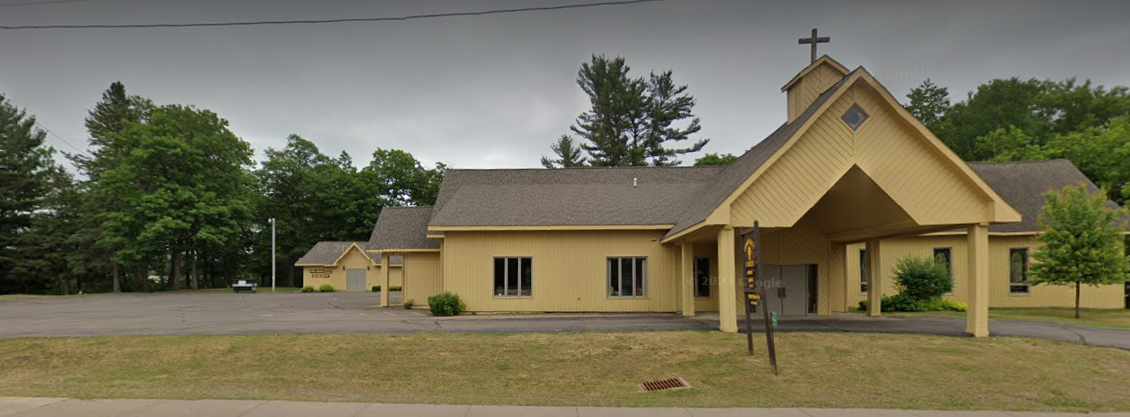
- Details
- By Darren Thompson
Preliminary results of Ground Penetrating Radar (GPR) testing in a church parking lot on the Lac du Flambeau show that at least there are remains of at least one and may be additional humans buried there.
On Thursday, August 17, 2023, the Lac du Flambeau Tribal Historic Preservation Department (THPD) conducted a follow-up search as reported on Native News Online for potential human remains at a Presbyterian Church in the community after a depression was discovered in the church’s parking lot.
The Tribal Historic Preservation Department removed identified sections of asphalt from the parking lot and indicated in a press release posted on the tribe’s Facebook page that there may be more than one grave beneath the parking lot.
“The initial ground investigation consisted of three test sites that were examined based on the GPR survey results. One site produced a positive result of the presence of human remains,” the press release said.
The Lac du Flambeau THPD said it would be meeting with the Tribal Council and the Presbyterian Church pastor, Rev. Timm High, to discuss the findings and information regarding the investigation.
The press release indicated that it is likely that more extensive investigations may begin, but didn’t mention specifics as to what investigations would take place and where. The Tribe has also expressed that it wants to ensure that the burial sites under the church parking are protected.
 Make A Donation Here
Make A Donation Here
Until the Lac du Flambeau Band of Lake Superior Chippewa Indians’ Tribal Council makes a formal decision about the investigation, a large portion of the church parking lot has been closed for parking access.
Rev. High, said in a statement that while the parking lot situation may be an inconvenience, the St. Anthony’s Catholic Church, which is across the street, has given permission for people to park their cars for Sunday morning service.
The Tribe said that the Presbyterian Church has been very cooperative throughout the GPR survey process and will continue to accommodate the Tribe’s efforts to conduct a thorough study of the property.
“THPD would like to thank everyone who assisted in the initial ground investigation for their time, patience, and dedication to this matter,” the Tribe said in a statement.
This is a developing story.
More Stories Like This
50 Years of Self-Determination: How a Landmark Act Empowered Tribal Sovereignty and Transformed Federal-Tribal RelationsNavajo Nation Council Members Attend 2025 Diné Action Plan Winter Gathering
Ute Tribe Files Federal Lawsuit Challenging Colorado Parks legislation
NCAI Resolution Condemns “Alligator Alcatraz”
NABS Documents 134 More Survivor Stories, Expands Digital Archive in 2025
Help us defend tribal sovereignty.
At Native News Online, our mission is rooted in telling the stories that strengthen sovereignty and uplift Indigenous voices — not just at year’s end, but every single day.
Because of your generosity last year, we were able to keep our reporters on the ground in tribal communities, at national gatherings and in the halls of Congress — covering the issues that matter most to Indian Country: sovereignty, culture, education, health and economic opportunity.
That support sustained us through a tough year in 2025. Now, as we look to the year ahead, we need your help right now to ensure warrior journalism remains strong — reporting that defends tribal sovereignty, amplifies Native truth, and holds power accountable.
 The stakes couldn't be higher. Your support keeps Native voices heard, Native stories told and Native sovereignty defended.
The stakes couldn't be higher. Your support keeps Native voices heard, Native stories told and Native sovereignty defended.
Stand with Warrior Journalism today.
Levi Rickert (Potawatomi), Editor & Publisher
